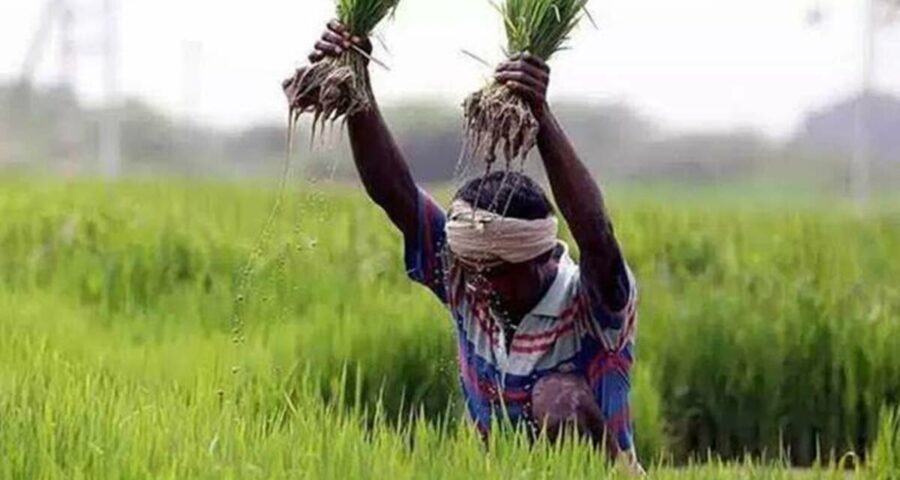The main area of studies includes micro-economics, macro-economics, agricultural marketing, farm management, natural resource management, econometrics, linear programing, project planning, food and agricultural policy, monitoring and evaluation, and environmental impact assessment
– Written by Dr. Sharad Sachan
It is estimated that the Earth will host 9 billion people by 2050. To feed people at this scale, it is imperative that 30 per cent more food has to be produced. This herculean task comes with a host of challenges such as resource allocation problems, overproduction, climate change, losses, and food waste. The solution lies in agricultural economics which will enable the world to use its resources efficiently, sustainably, and economically while minimising the cost and maximising profit.
What is agricultural economics?
Agricultural economics is the study of allocation of scarce resources into various uses to ensure that the growing population can be fed. Agricultural economists are concerned with financial issues relating to all aspects of agriculture, its allied activities, food chain supply, marketing, etc. This course is beneficial for those who are keen to become agricultural economists and develop advanced numerical skills, analyse agricultural policies, economic incentives, industrial organisation, and focus on innovation.
Why agricultural economics?
The main area of studies includes micro-economics, macro-economics, agricultural marketing, farm management, natural resource management, econometrics, linear programing, project planning, food and agricultural policy, monitoring and evaluation, and environmental impact assessment. After going through this, the students can assess economic issues and take decisions accordingly, analyse various aspects from an economic angle, communicate various issues and their solutions and familiarise themselves with economic policies.
Universities, colleges and institute:
There are various universities/ colleges/ institutes for students who are interested in this domain.
International Universities:
- Mcgill University, (Quebec),
- Nova Scotia Agricultural College, (Nova Scotia),
- Universite Laval, (Quebec),
- University of Alberta, (Alberta),
- University of Guelph, (Ontario),
- University of Manitoba, (Manitoba) and
- University of Saskatchewan, (Saskatchewan) , are among few foreign universities.
National universities:
- Indian Agricultural Research Institute; New Delhi,
- Anand Agricultural University; Anand,
- National Dairy Research Institute; Karnal,
- Punjab Agricultural University; Ludhiana,
- Tamil Nadu Agricultural University; Coimbatore,
- G. B. Pant University of Agriculture and Technology; Pantnagar
Career in agricultural economics
Agricultural Economics is being offered as a graduate as well as post graduate degree. This provides multiple career options to students. Agricultural Economist can be involved in all areas of the economy. This can start from understanding consumer behavior to event management, stock and commodities traders in financial markets, bankers, and even Government advisor to farm managers, natural resource manager, and entrepreneurship. Through understanding consumer behavior, the economist can predict future demand and supply which will help in decision making. The most trending job nowadays is the stock and commodities trader where a huge amount of money can be generated through trading.
Salary packages
So what kind of salary packages can students look forward to? There are number of factors such as experience and expertise which are going to play a vital role in one’s earning capacity. A fresher can receive a package starting from Rs. 2.5- 3 lakh per annum but with expertise and experience of around 5-7 years, it may reach Rs. 8-10 lakh per annum. It goes without saying that undoubtedly Agricultural Economics has the ability to provide a lucrative and rewarding career path.
– The author is an Assistant Professor, Department of Agricultural Economics, School of Agriculture, Lovely Professional University.
Source: Read Full Article


